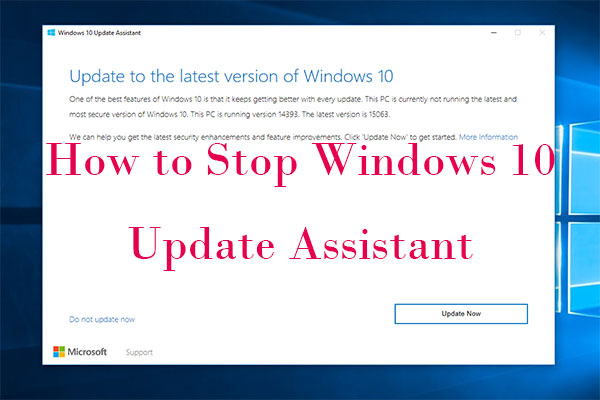
In addition to the steps mentioned above, it is worth mentioning that Microsoft regularly releases updates and new features for Windows 10 to enhance its functionality and security. It is important to note that every system may have slight variations in the installation process, but the general steps outlined above will provide a comprehensive understanding of the Windows 10 installation procedure. Once all these steps are completed, your system will restart and you will be prompted to set up your user account. Completing the installation: After initiating the installation, the system will go through a series of steps such as copying files, configuring settings, and installing updates.You may also have the option to customize certain settings during the installation process. This will involve selecting the appropriate language, edition, and license terms. Initiating the installation: Once you have the installation files, insert the installation media into your system and follow the on-screen instructions.It is crucial to acquire a legitimate and authorized source for the installation files. Obtaining the installation media: You can either download the Windows 10 installation files from Microsoft’s official website or obtain them through other means such as a DVD or USB drive.This will help prevent any data loss during the installation. Preparing your system: Before installing Windows 10, ensure that your system meets the minimum requirements and that you have backed up all your important files.Here is a concise and informative guide to help you understand the installation procedure: The installation process of Windows 10 involves several steps that need to be understood in order to navigate the process smoothly. Understanding the Installation Procedure of Windows 10 Safeguard your privacy and maintain a secure computing environment – act now! Understanding the Windows 10 Installation Process By taking these steps now, you can take full control of your device’s update preferences and avoid unexpected upgrades. This will help you identify any unwanted installations of Windows 10. Monitor and review your system’s update history regularly.


Use the ‘GWX Control Panel’ tool to remove upgrade notifications and prevent automatic downloads of Windows 10.

Configure your Windows Update settings to “Notify to schedule restart” – this way, you’ll be prompted before any updates are installed.

Protect your privacy today! Take charge of your own operating system update process. Don’t let anyone else force changes onto your device without your knowledge or consent.


 0 kommentar(er)
0 kommentar(er)
